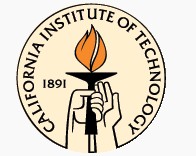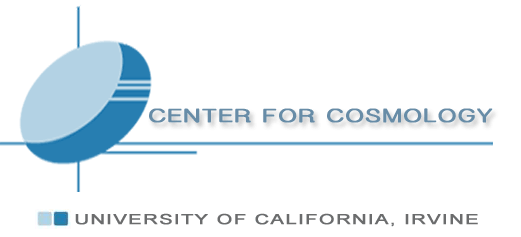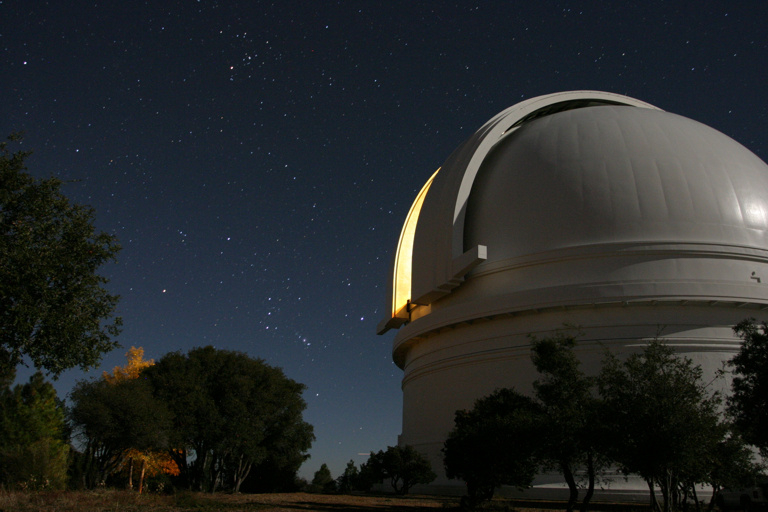 |
|
Office:
AR 315
Calendar |
|
Home
Detection of high-redshift super-luminous supernovae: Pair-instability
supernovae and the first stars
Using my technique to detect supernovae in very high redshift
(z > 2) Lyman break galaxies
(Cooke 2008),
I recently discovered two events (Cooke et al. 2012)
belonging to a rare class of supernovae that are 10 - 100 times more luminous
than 'normal' supernovae and are termed 'super-luminous supernovae'.
Moreover, our two super-luminous supernovae exhibit light curves that
exhibit the behavior of a long-theorized third type of supernova
explosion termed
pair-instability supernovae. One event potentially from this class
was found at low redshift (z = 0.129). The two super-luminous supernovae
that we have found are at z = 2.05 and z = 3.90, where the latter is
by far the highest redshift supernova known, probing nearly 12 billion
years into the past and only 1.5 billion years after the Big Bang.
The stars that end their lives as pair-instability supernovae have
150 - 250 times the mass of the Sun. Such massive stars are believed
to have been more common in the early Universe when the environment had
a lower metallicity and when the only cooling agents for clouds of gas
and was hydrogen and hydrogenic molecules. The first generation of stars
to form out of the pristine gas clouds created by the Big Bang are termed
Population III stars. Thoery predicts that regions of pristine gas
existed as late as 2 - 3 billion years after the Big Bang, or at redshifts
as low as z ~ 2. Two such clouds of pristine gas have been found at z ~ 3.
Thus, using our supernova detection technique, we are able to detect
supernovae out to z ~ 4 and, for the first time, overlap with the
distances in which we would expect to see the deaths of some of the very
first stars to have formed.
After analyzing the host galaxies and environments of our two high
redshift super-luminous supernovae, it's not likely that they are the
deaths of Population III stars. However, we will continue to search for
Population III supernovae in new surveys based on my supernova detection
technique that are now underway. We should be able to detect supernovae
to z ~ 6, even farther back in time when the deaths of Population
III stars were more prevalent.
Click here to access the ADS link displaying a list of
articles describing this work and other research of mine.
|
|

Simulation of a super-luminous
supernova exploding in a galaxy in the early Universe.
The galaxies in this image were generated by a high-resolution
cosmological simulation (credit: Marie Martig, Swinburne
University).
This snapshot was taken at z ~ 3, at an equivalent cosmological time
representative of the galaxies in which we are detecting the
supernovae. Galaxies are undergoing radical formation and
their environments can be chaotic as seen in the image.
The super-luminous supernova event can outshine an entire galaxy
as seen in this impression (credit: Adrian Malec, Swinburne
University).

Light curve for super-luminous
supernova SN2213-1745 at z = 2.05. These events emit an enormous
amount of energy (>10^53 ergs in ultraviolet light alone!). The
light in this plot extends over a year and a half in the obsever's
frame of reference. The gap in data near the middle of the plot
is the time of the year (approximately 6 months) when the field in
which this supernova resides is not visible in the sky.

The Hubble Space Telescope
| The Milky Way can be seen, as well as two
of our closest companion galaxies, the Large and Small
Magellenic Clouds, in this long-exposure image of the 4
meter telescope at
the CTIO
located in the Southern Hemisphere (Chile). |
 |
|
















